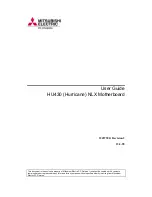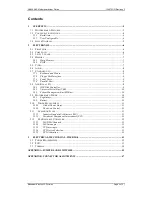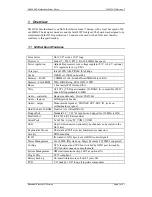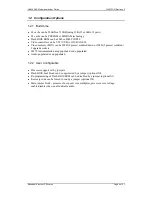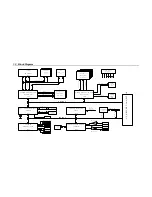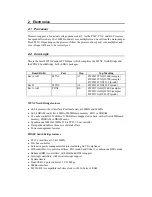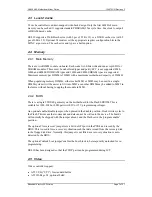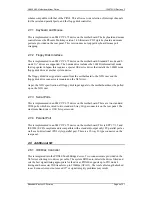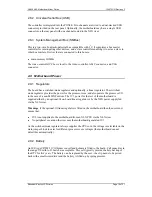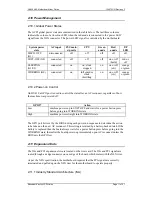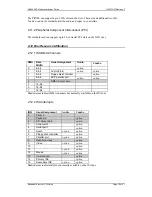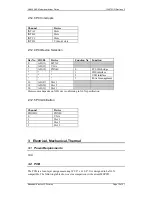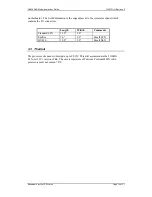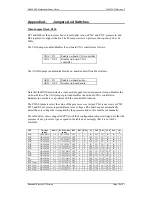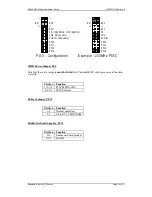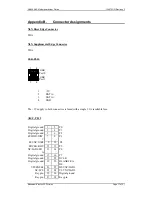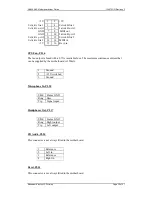
HU430 NLX Motherboard User Guide
124575UG Revision 2
Mitsubishi Electric PC Division
Page 7 of 21
2.3 Level
2
Cache
L2 cache controller is a direct-mapped write-back design. Only the first 64MB of main
memory can be cached. It supports standard PBSRAM (15ns cycle time, 8ns clock to output)
or DRAM-based cache
HU430 supports a 256KB cache size (with 2 pcs of 32K x 32) or a 512KB cache size (with 2
pcs of 64K x 32). Optional fit resistors set the appropriate register configuration bits in the
MTXC at power-on. The cache size and type is a build option.
2.4 Memory
2.4.1 Main Memory
There are two DIMM sockets on board. Each socket is 64-bits wide and can accept EDO or
SDRAM modules. These must be unbuffered types and parity/ECC is not supported. 4Mb,
16Mb and 64Mb EDO DRAM types and 16Mb and 64Mb SDRAM types are supported.
Maximum memory per DIMM is 128MB with a maximum motherboard capacity of 256MB.
When populating memory DIMMs, either socket MM1 or MM2 may be used. In a single-
DIMM system it will be easier to fit it into MM1 as another DIMM may be added to MM2 in
the future without having to unplug the module in MM1.
2.4.2 BIOS
There is a single TSOP-40 geometry on the motherboard for the Flash EPROM. This is
suitable for 1Mb, 2Mb or 4Mb parts with 5V or 12V programming voltages.
An optional enable/disable jumper, when placed in the disable position, blocks write cycles to
the Flash. This means that commands and data cannot be written to the device. The boards
will normally be shipped with the jumper absent, and the Flash set in the 'program enable'
position.
The optional 'force recover' jumper sets a bit in a GPI port in the PIIX4 and is read by the
BIOS. This is used to force a recovery situation such that data is read from the recovery disk
in the floppy disk drive. Normally, this jumper is not fitted as a recovery situation is auto-
detected by the BIOS.
The optional 'unlock boot jumper' enables the boot block to be temporarily unlocked for re-
programming.
HU430 has been designed so that the TSOP part can be programmed during ICT.
2.5 Video
Video controller support:
ATI VT-B (“VT3”) for standard builds
ATI 3D-Rage II+, optional build

